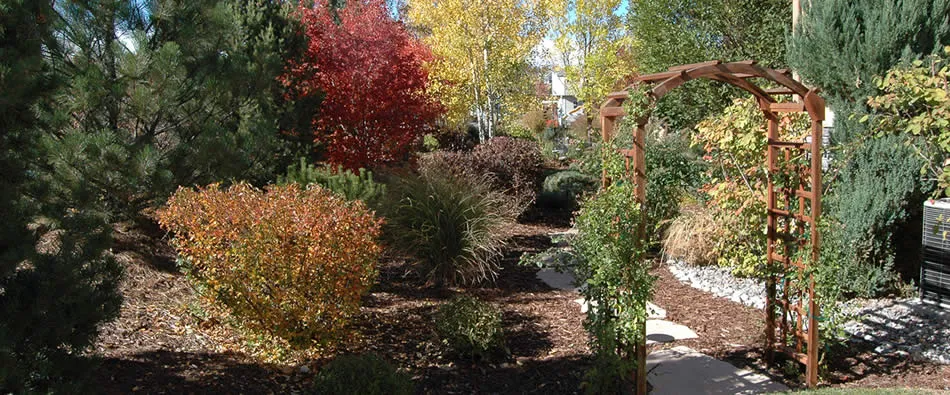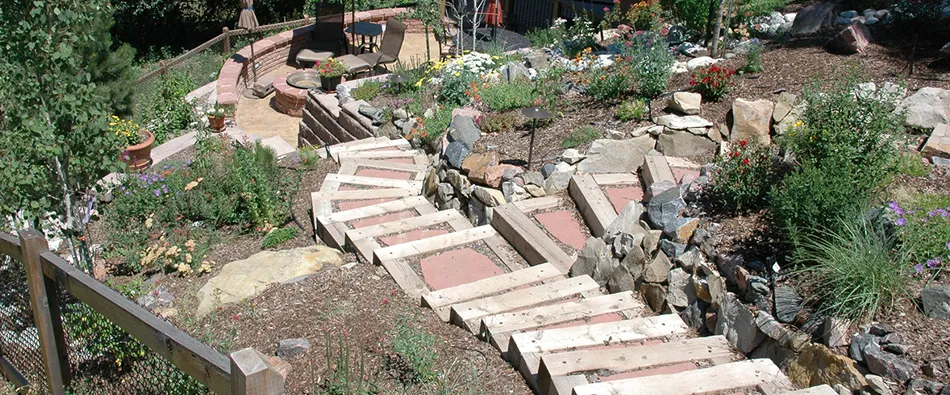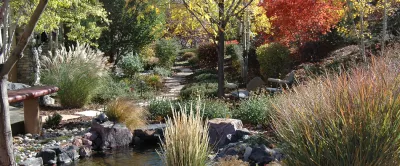Fall-Planted Bulbs and Corms
There is a direct correlation between the size of a bulb and the size of the flower grown from that bulb.
Late September is the preferred time to plant bulbs so they root well before the ground freezes.
The selected site should have adequate sunlight, be well drained and show the flowers off to their best advantage.
Bulbs are planted much deeper than seed; therefore, soil preparation methods differ. Plant bulbs with the growing tip up.
Fertilizer must be present in the root zone to be effective.
Selection
The earlier bulbs and corms are purchased in the fall, the better the selection. Select the largest bulbs of a variety, because there is a direct correlation between bulb and flower size. Avoid those that show evidence of mold or mechanical damage.
While it is preferable to select bulbs and corms individually from open bins rather than prepackaged, there is a chance that a prior customer may not have put bulbs back in the proper bins. If the adjacent bins have similar bulbs, this mix-up will go undetected.
Generally, a gardener selects the site before purchasing bulbs. This site usually is conspicuously located to show the flowers off to their best advantage. If the bulbs will remain in this location for more than one year, they need adequate sunlight to regenerate strong bulbs. A southern exposure, especially when close to the foundation, induces early emergence that may result in freezing injury. Assure drainage so that the bulbs will not become waterlogged. Finally, a solid block of one color is more impressive from a distance than a mixture of colors and varieties.
Planting and Growing Fall Bulbs
September and October are the best months for planting bulbs. This will allow ample time for the bulbs to become well rooted before the ground freezes. Bulbs planted after October may not have time to root adequately and therefore may not flower uniformly in the spring. Freezing and thawing during the winter may also push an un-rooted bulb out of the ground. Consider mulching the bed to maintain a more consistent soil temperature. See fact sheet 7.214 Mulches for Home Grounds.
Plant the bulbs at a depth consistent with the level indicated on the planting chart. As a general rule, this depth is four times the height of the bulb between the soil surface and the tip of the bulb. Make sure to plant the bulbs with the growing tip up.
After the ground freezes, cover the bed with a 3-inch mulch to prevent alternate freezing and thawing that breaks roots and damages bulbs. For more information, see fact sheet 7.214, Mulches for Home Grounds. This mulch may be removed in April before the shoots emerge, or left in place if the shoots can penetrate it easily.
Remove flowers as soon as they wither. The developing seed will divert food produced by the foliage that otherwise would be used to produce more vigorous bulbs. Apply nitrogen at the rate of 1/4 pound per 100 square feet before the foliage withers. After the foliage has withered completely, the bulb is dormant. Any additional fertilizer applied after the bulb has become dormant will not be used and wasted.
Bulb beds are usually not dug up after the first year. However, after the second year, the developing bulbs may begin to crowd and lose much of their original vigor, which will result in smaller blooms. When this occurs, dig the bulbs in late August and allow them to dry for a few days in a shady, cool spot. Divide and replant only the best ones, preferably in a new location. If none of the bulbs are as large as the original ones, purchase new bulbs for better results. This is especially true of hyacinths, which are seldom worth transplanting.
When the bulb bed occupies a prominent place in the yard, many growers remove the bulbs after flowering, replacing them with annuals for the summer. It also is possible to interplant annuals among the withering bulb tops. However, do not remove the bulb tops until they are dead. The annuals grow faster and fill in the bed sooner if 5 pounds of 5-10-5 fertilizer per 100 square feet are worked into the soil rather than the 1/4-pound of N as suggested previously.
Contact us for your entire landscape/Design needs at:






